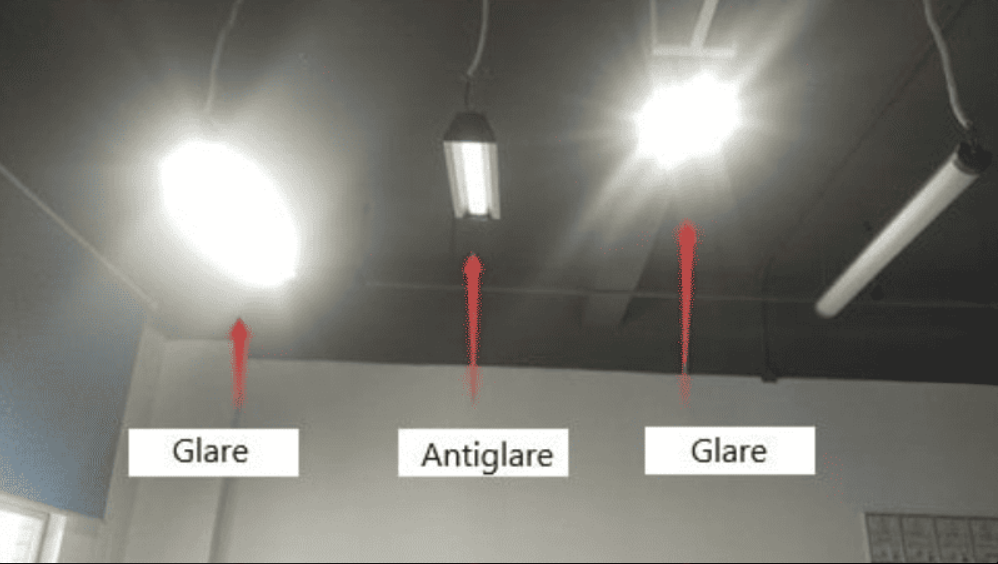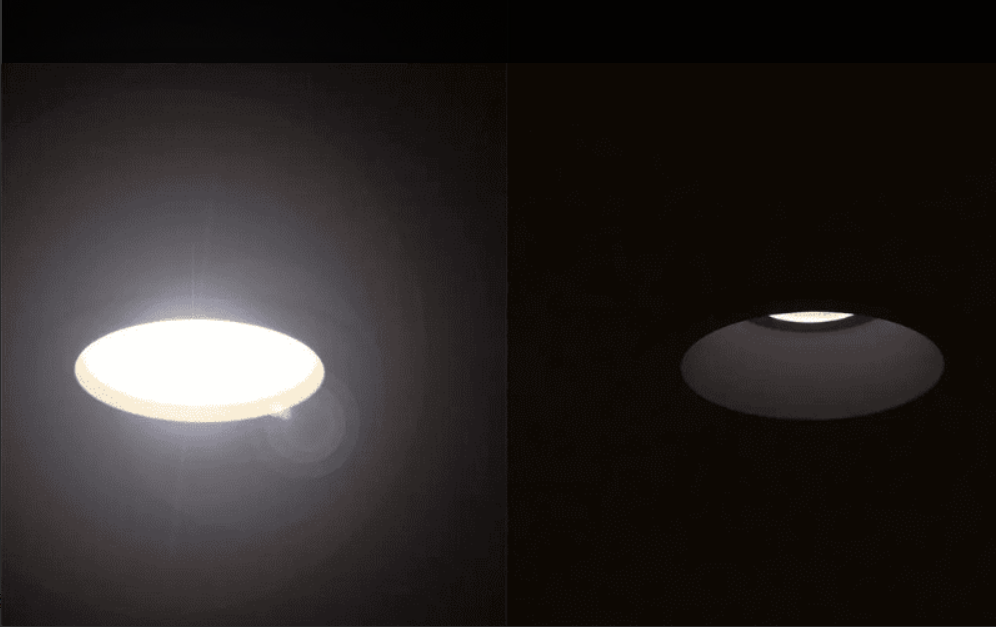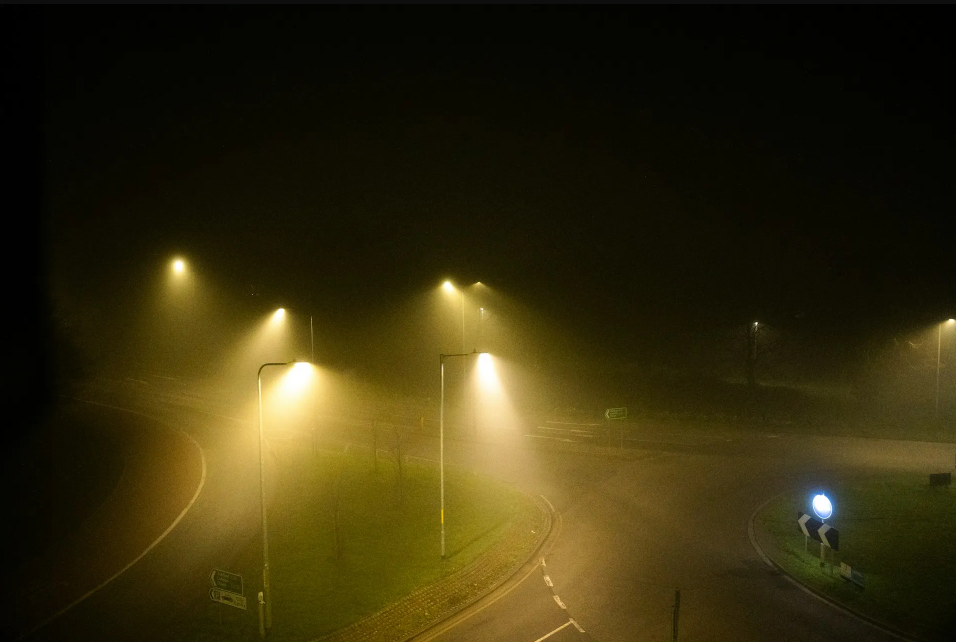The Glare Index, formally known as the Unified Glare Rating (UGR), is a standardized metric used in lighting design to quantify the level of discomfort glare caused by a luminaire (light fixture) within a specific indoor environment. It provides an objective way to assess how likely a lighting installation is to cause visual discomfort or reduced visibility due to excessive brightness contrast.

Key Points about UGR:
1.What it Measures: UGR evaluates the discomfort glare produced by bright parts of a luminaire (like the lamp or reflector) relative to the background luminance of its surroundings. It does not measure disability glare (which directly impairs vision).
2.How it's Calculated (Conceptually): The UGR formula (defined in international standard CIE 117-1995) considers:
*The luminance (brightness) of each luminaire in the field of view.
*The size and position of each luminaire relative to the observer's line of sight.
*The background luminance (the overall brightness of walls, ceilings, and other surfaces the observer sees around the luminaire).
*Higher UGR values indicate worse, more uncomfortable glare.
3.The Scale:
*UGR values typically range from about 10 (imperceptible glare) to 30 (intolerable glare).
*Lower numbers are better, indicating less glare.
4.Common design targets:
* < 10: Imperceptible (rarely achievable in practical work spaces)
*< 13: Very low glare (e.g., precision work, drafting rooms)
*< 16: Low glare (e.g., offices, classrooms, libraries - most common target)
*< 19: Medium glare (acceptable for industrial work, corridors)
*< 22: High glare (acceptable for foyers, stairwells - not for prolonged tasks)
*< 25: Very high glare (unacceptable for most indoor tasks)
4.Unacceptable glare

Why it Matters:
Visual Comfort: High glare causes eye strain, fatigue, headaches, and discomfort.
Productivity & Safety: Discomfort and reduced visibility can hinder concentration, increase errors, and potentially create safety hazards.
Quality of Lighting Design: UGR is a crucial specification for architects, lighting designers, and engineers to ensure a visually comfortable environment. Building standards and regulations often specify maximum UGR limits for different types of spaces.
How Luminaires are Rated:
Lighting manufacturers test their fixtures according to standardized procedures and provide a UGR Table in their product data sheets.
This table shows the calculated UGR value for that specific luminaire installed in a standardized reference room with defined reflectances (ceiling/walls/floor), room dimensions, mounting height, and observer position/viewing direction.
Crucially: The UGR value depends on the entire lighting installation and room, not just the luminaire alone. The value provided by the manufacturer is for comparison under standardized conditions. The actual UGR in a real room will depend on the room's specific geometry, surface reflectances, the number and arrangement of luminaires, and the observer's position.
Limitations:
*UGR is primarily defined for indoor, uniformly lit environments (like offices, schools, workshops).
*It is less reliable or not defined for very large spaces, outdoor lighting, or situations with extremely high background luminance (like daylight-dominated rooms). Other metrics like the Glare Rating (GR) are sometimes used for outdoor/sports lighting.
*It predicts discomfort, not direct impairment of vision (disability glare).
Common Glare Indices:
Several indices exist, each developed for specific contexts and calculation methods. The most widely used include:
Unified Glare Rating (UGR):
*Scope: The internationally standardized (CIE 117:1995 / EN 12464-1) metric for indoor workplaces (offices, schools, factories).
Cumulative Glare Index (CGI):
Scope: An older index, sometimes still referenced, but largely superseded by UGR for indoor electric lighting evaluations.
Visual Comfort Probability (VCP):
Scope:Primarily used in North America for evaluating glare from downlighting systems (especially parabolic louvers) in large indoor spaces like offices.
How Lamp and Fixture Design Affect Glare Index:
The design of the luminaire (light fixture) plays a crucial role in its glare potential:
Shielding: Deep recesses, baffles, louvers (especially parabolic), and diffusers help block direct view of the bright lamp or LED source.
Optics: Reflectors and lenses control the direction of light, minimizing light emitted at high angles where it's most likely to cause glare.
Surface Brightness (Luminance): Fixtures designed to have a large, uniformly bright emitting surface (low luminance) are generally less glaring than those with small, intensely bright points (high luminance).
Glare Control Classification: Standards often classify fixtures based on their glare control performance (e.g., in Europe, "Limiting Glare Rating" classes).

Why Glare Index Matters When Choosing Lighting:
Specifying fixtures with known, favorable glare indices (like a low UGR value) is essential for:
Compliance: Meeting building codes and lighting standards for workplaces and public buildings.
Occupant Well-being: Creating comfortable, healthy, and productive environments.
Design Quality: Ensuring the lighting solution enhances the space rather than detracting from it.
Avoiding Costly Mistakes: Preventing the need for post-installation glare mitigation (relamping, adding shields, replacing fixtures).
5.In Simple Terms:
Think of the Glare Index (UGR) as a "discomfort score" for lighting. A low score means the lights are easy on the eyes and won't cause strain. A high score means the lights are too harsh or badly placed, making it uncomfortable to see and work. Lighting designers use this score to choose and arrange fixtures to create pleasant and functional spaces.



